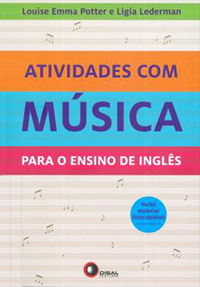Click the button below to download the infographic.
Click here
01
We must be able to see the big picture, working with the end in mind. Assessment tasks should demonstrate if students were able to accomplish the learning outcomes. The learning outcomes must be clear not only for teachers but for students as well. Therefore, learning experiences must be designed to achieve the learning outcomes. In a nutshell, we must first think what we want students to achieve before we design assessment tasks. Ask yourself: What are the main learning outcomes for the course? How will I know the student has achieved the outcomes?
02
When creating assessment tasks, one of the most important steps is that they must be clear on what students should have taken away from the lesson. Bloom’s taxonomy can help you here. After presenting the six different levels with examples of each to the students, you can have them practice the information. Encourage students to create questions on an interesting topic using the verbs from each level of the taxonomy.
03
Self-assessment helps students judge their own abilities and performance and become self-regulated learners. Self-assessment skills will help them be lifelong learners by teaching them to regulate their own performance. However, the goals and the criteria must be clear.
04
You should encourage students to assess their learning process whenever they feel there is room for improvement but are not sure where they can work harder on. Self-assessment tasks can be quick and simple (those we do at the end of each lesson); however, students should have the chance to reflect more deeply upon their learning, specially at the end of a unit or school term.
05
When students are asked to think about what they have learned and how they have learned it (the learning strategies they have used), they are better able to understand their own learning processes and can set new goals for themselves. They can then provide you with important input for your assessment. It is important for students to assess not only their final product of what they learned but also how their experienced the process.
06
If they aren’t, they should be. Rubrics are one of the most useful tools for assessment. Not only do they describe in detail the criteria and the levels of achievement, but they also enable teachers to share the task of assessment with their students. The idea behind rubrics is to offer a close and clear look at what is expected from students, so that they can adjust their work and improve along the way.
07
This may seem like an obvious question, but is it really? We have seen this happen too many times: in order to gather enough evidence of student learning, teachers set out to give quizzes that don’t really assess anything important. In that case, Backward Design can be very helpful, as assessment is planned according to your learning goals, shaping the planning of learning activities.
08
This question is directly related to how well you know and share your learning targets for each lesson. This may seem like a lot, but what we want here is to create simple, achievable goals for one lesson. Once you know what you want your students to be able to do at the end of each lesson, planning assessment tasks become much easier. Remember: learning targets only make sense if they reflect what has been done at the end of each lesson. Therefore, simplicity is the rule.
LIVRO RECOMENDADO
